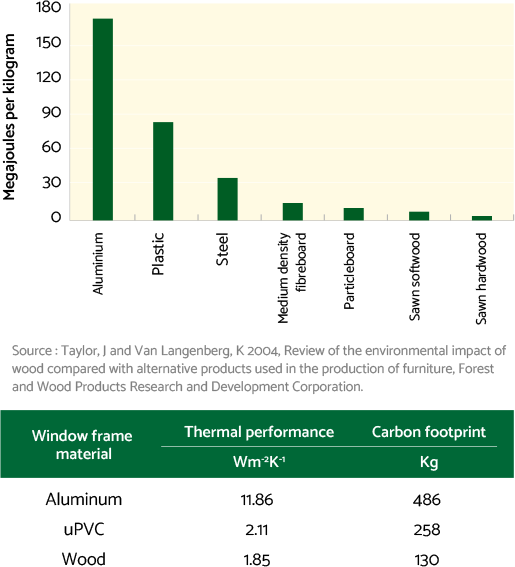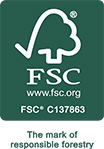

It isn't just your imagination that every summer seems hotter than the last. The global average temperature in 2019 was over 1 degree Celsius higher than pre-industrial levels, and 2010-2019 was the warmest decade in recorded history.*
*World Meteorological Organization
Large-scale ice melt and rising sea levels from greenhouse emissions have dire consequences for all living things. If global warming continues at its current pace, polar bears could be extinct by the end of this century.*
*Peter K. Molnar, University of Toronto Scarborough
Humans are under threat as well. Some forecasts have Europe's polar glaciers gone by 2050* and Venice underwater by 2100.
*Intergovernmental Panel on Climate Change
Climate change is already affecting our food supply. Desertification is spreading across southern Portugal, Spain, and other parts of Europe,* causing a rise in devastating sandstorms and floods. Agricultural losses result in higher food prices, which in turn lead to famine.
*European Union
at the United Nations Climate Change Conference (COP26).

Multiple research organizations around the world have confirmed that global temperatures in 2019 were the second warmest on record. (Source)
From Day One, our mission has been to improve quality of home living in a sustainable way. Achieving our mission in the face of global warming is challenging to be sure, but we can and are accomplishing this with wood.
Why Wood? Wood plays a key role in sustainable development.
Wood has an extremely low carbon footprint.
Countries and corporations have begun setting their own carbon emission goals in recent years.
In 2021, over 150 countries submitted new climate plans to the United Nations to reduce emissions by 2030 and over 2,000 companies committed to developing targets for reducing emissions.
Wood produces far less emissions than aluminum or plastic, and the carbon footprint of wood is just 5 percent of aluminum and 15 percent of steel. What does this mean? It means wood is the absolute best material for greenhouse gas reduction in manufacturing.


-
01 CollectionTimber is collected from homes and businesses, and sent to an Organic Resource Recovery Facility.
-
02 MulchingThe timber is chipped.
-
03 Recycled organicsThe final product is ready to be used in horticulture, agriculture, landscaping, garden centers and other end markets, holding moisture and essential minerals in the soil and improving plant growth.
Wood is recyclable.
Not only is wood recyclable, fiber from tree bark can be used in renewable materials. But wait, that's not all! Trees store carbon dioxide and release oxygen as they grow, and forests uptake carbon dioxide released by older trees to use as energy. In short, forestland is highly sustainable.
The importance of nature for reducing emissions and building resilience to climate change was recognized at COP26, with over 140 countries pledging to halt and reverse forest loss and land degradation.
FSC-certified furniture: Doing our part for global sustainability.
The Forest Stewardship Council was founded in 1993 to promote sustainable forest management through the protection and preservation of forestland, biodiversity and human environment. At Sintai, we aren't just concerned with aesthetics. Our goal is to leave the earth healthier than we found it, and we do this through our furniture. We were the first furniture brand in China to receive FSC certification in 2000, and 70 percent of our current product line is FSC-compliant.

We are also very excited about our new initiative: Starting in 2022, we will be planting two trees for every one we use to leave behind a lush, green, sustainable world for future generations.We don't make furniture just to beautify your home. We want you, the consumer, to have the opportunity to make a conscious choice for our environment and for our planet with every purchase you make. To see our line of FSC-compliant furniture, click here.


